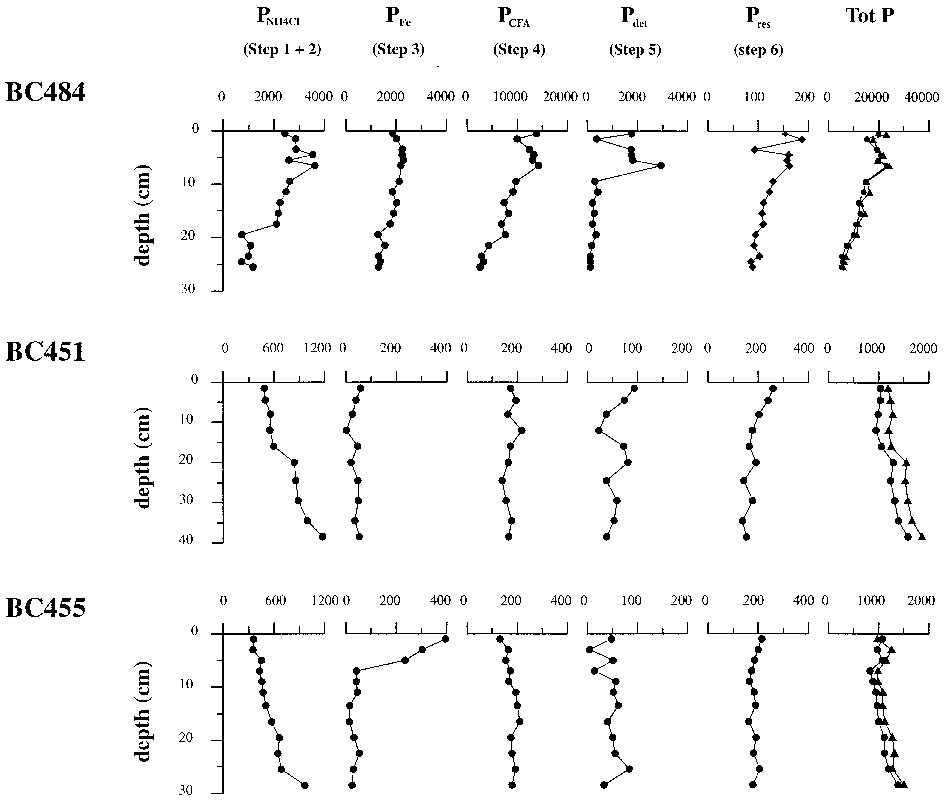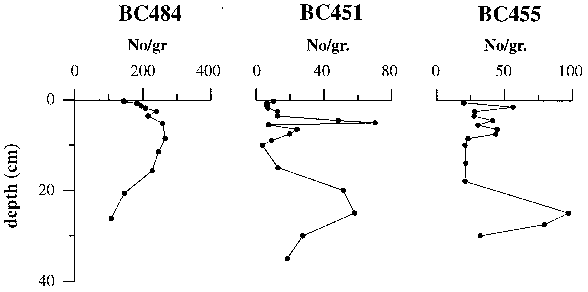Abstract: Phosphorus (P) is a limiting nutrient for terrestrial biological productivity that commonly plays a key role in net carbon uptake in terrestrial ecosystems (Tiessen et al. 1984, Roberts et al. 1985, Lajtha and Schlesinger 1988). Unlike nitrogen (another limiting nutrient but one with an abundant atmospheric pool), the availability of “new” P in ecosystems is restricted by the rate of release of this element during soil weathering. Because of the limitations of P availability, P is generally recycled to various extents in ecosystems depending on climate, soil type, and ecosystem level. The release of P from apatite dissolution is a key control on ecosystem productivity (Cole et al. 1977, Tiessen et al. 1984, Roberts et al. 1985, Crews et al. 1995, Vitousek et al. 1997, Schlesinger et al. 1998), which in turn is critical to terrestrial carbon balances (e.g., Kump and Alley 1994, Adams 1995). Furthermore, the weathering of P from the terrestrial system and transport by rivers is the only appreciable source of P to the oceans. On longer time scales, this supply of P also limits the total amount of primary production in the ocean (Holland 1978, Broecker 1982, Smith 1984, Filippelli and Delaney 1994). Thus, understanding the controls on P weathering from land and transport to the ocean is important for models of global change. In this paper, I will present an overview of the natural (pre-human) and modern (syn-human) global P mass balances, followed by in-depth examinations of several current areas of research in P cycling, including climatic controls on ecosystem dynamics and soil development, the control of oxygen on coupled P and Carbon (C) cycling in continental margins, and the role that P plays in controlling ocean productivity on Cenozoic timescales.
### Natural (pre-human) phosphorus cycle
The human impact …












